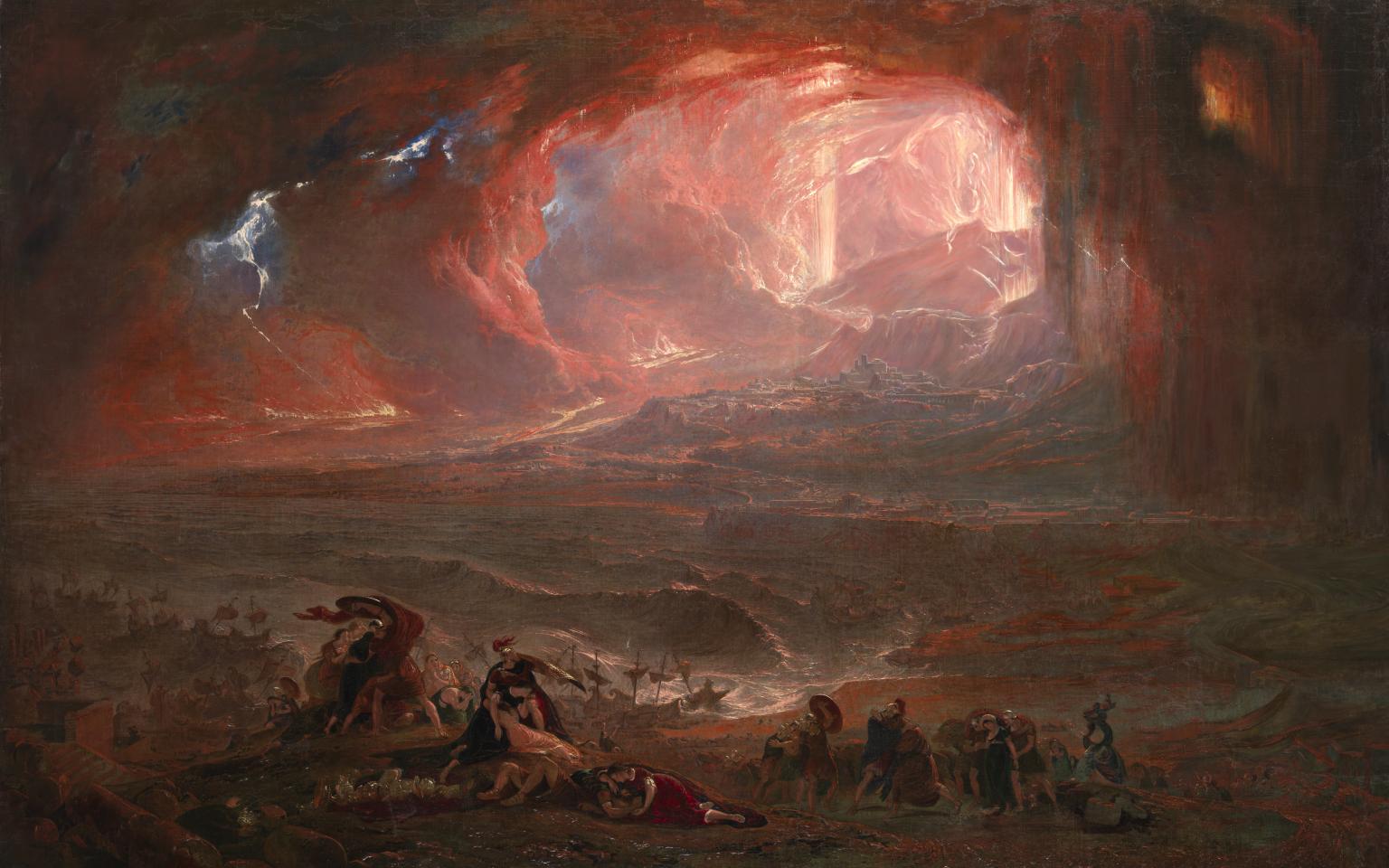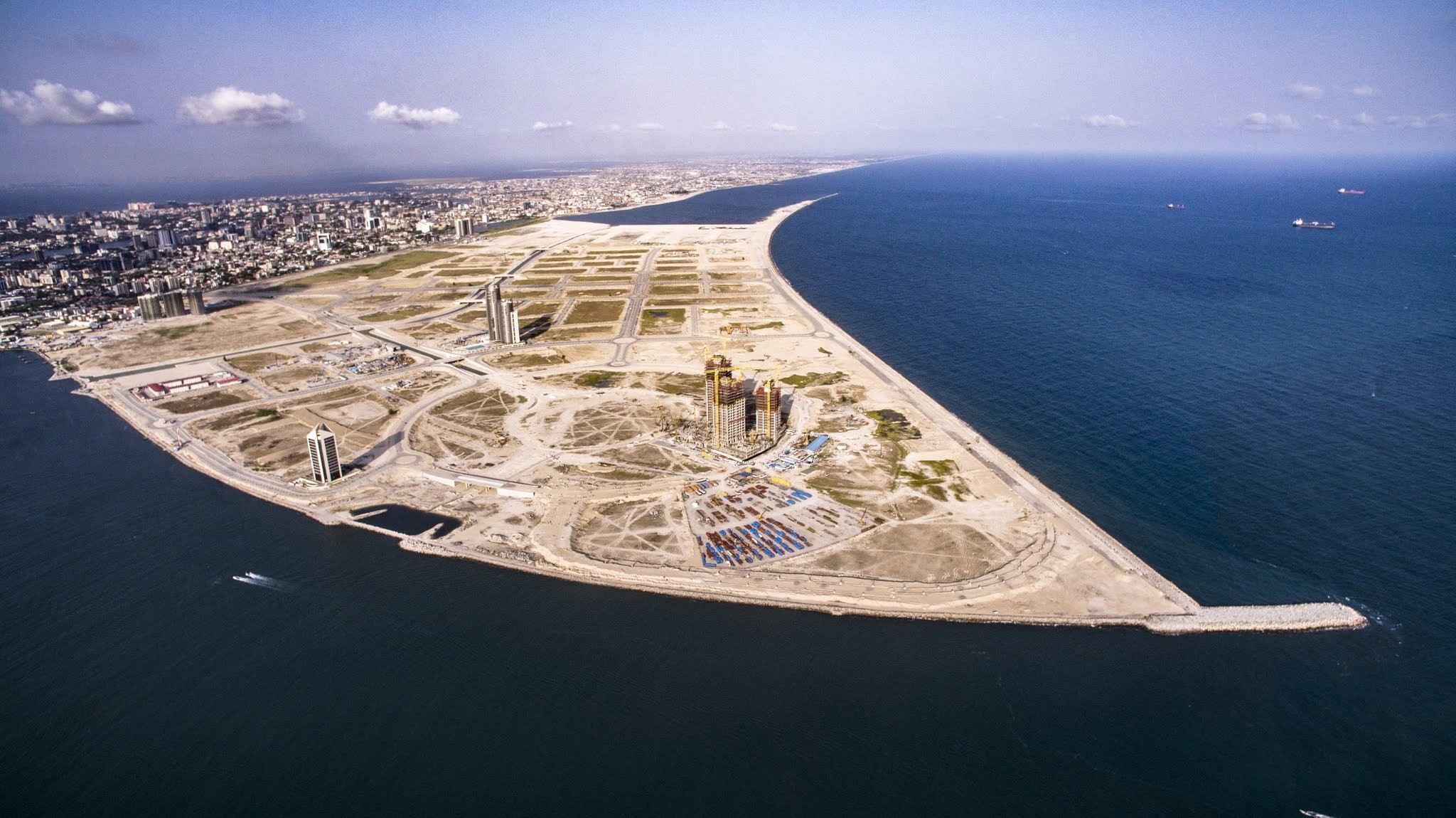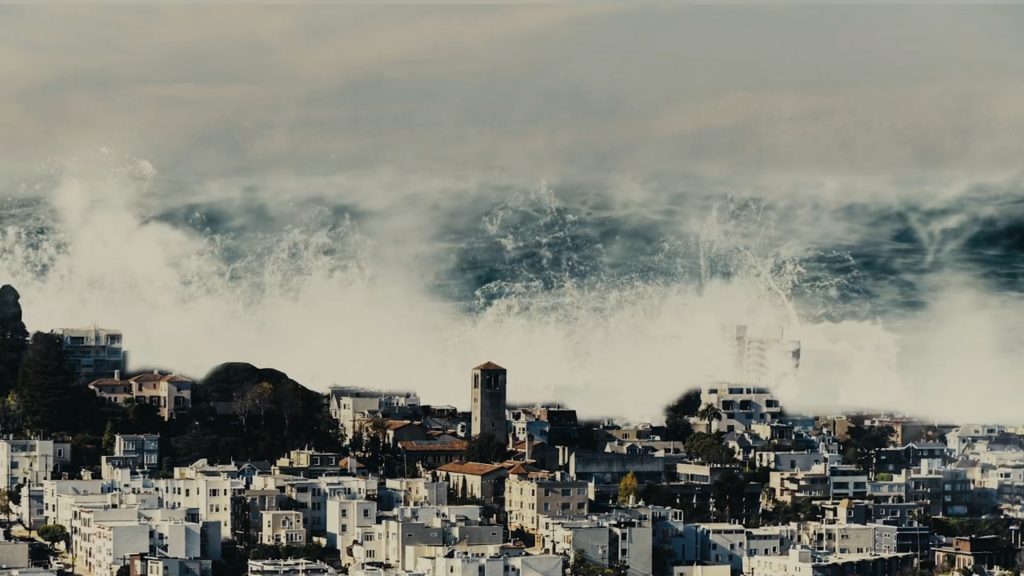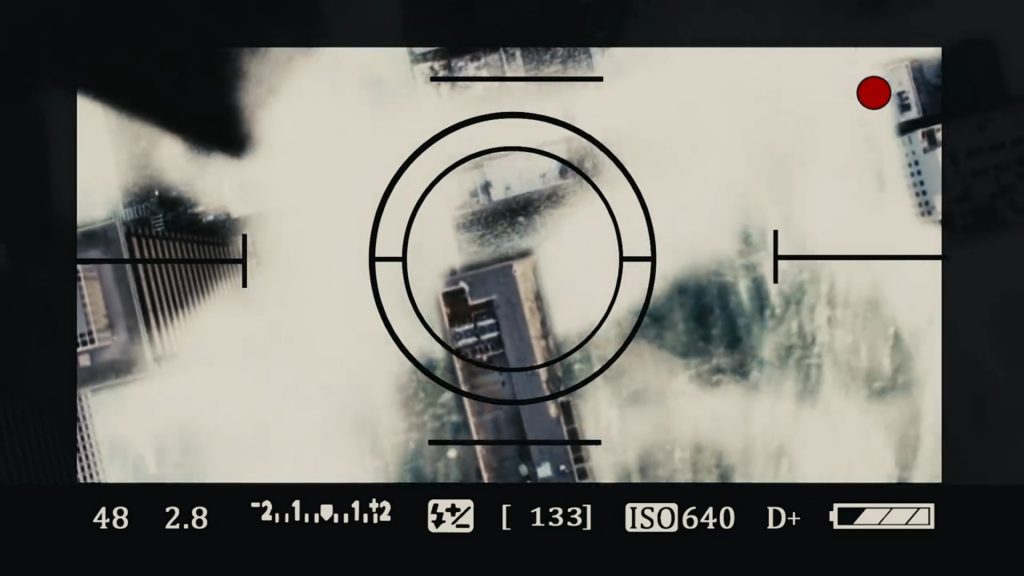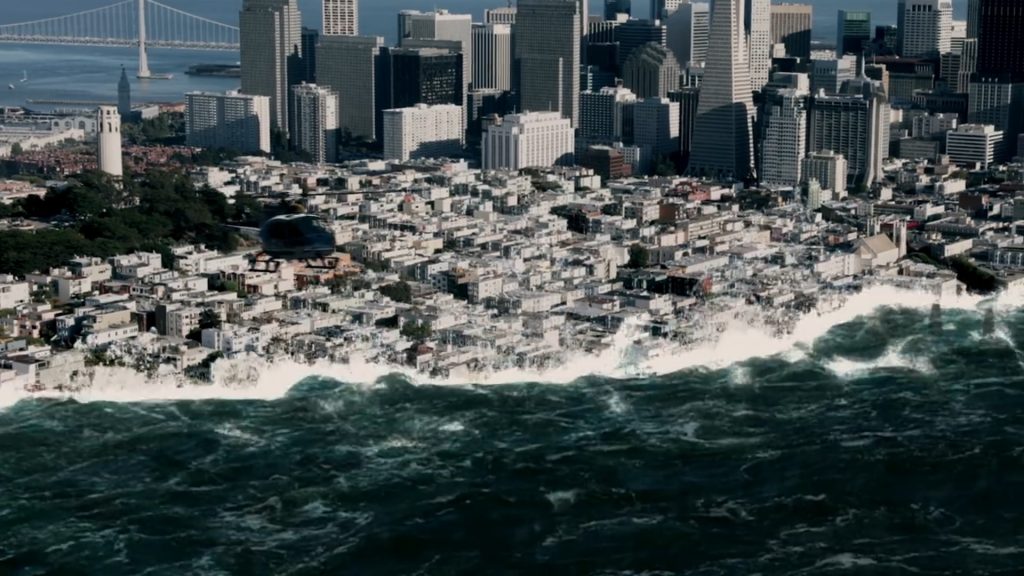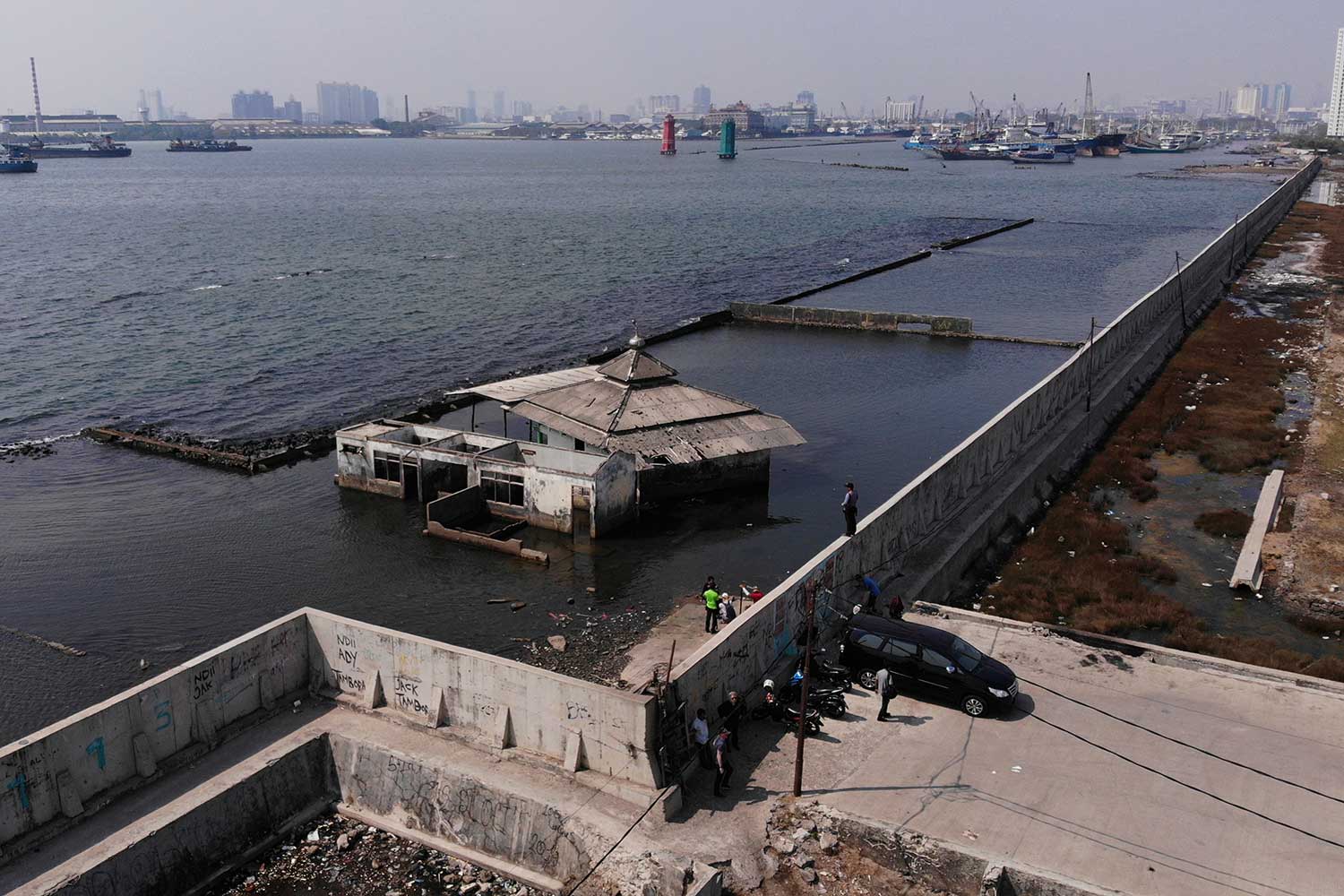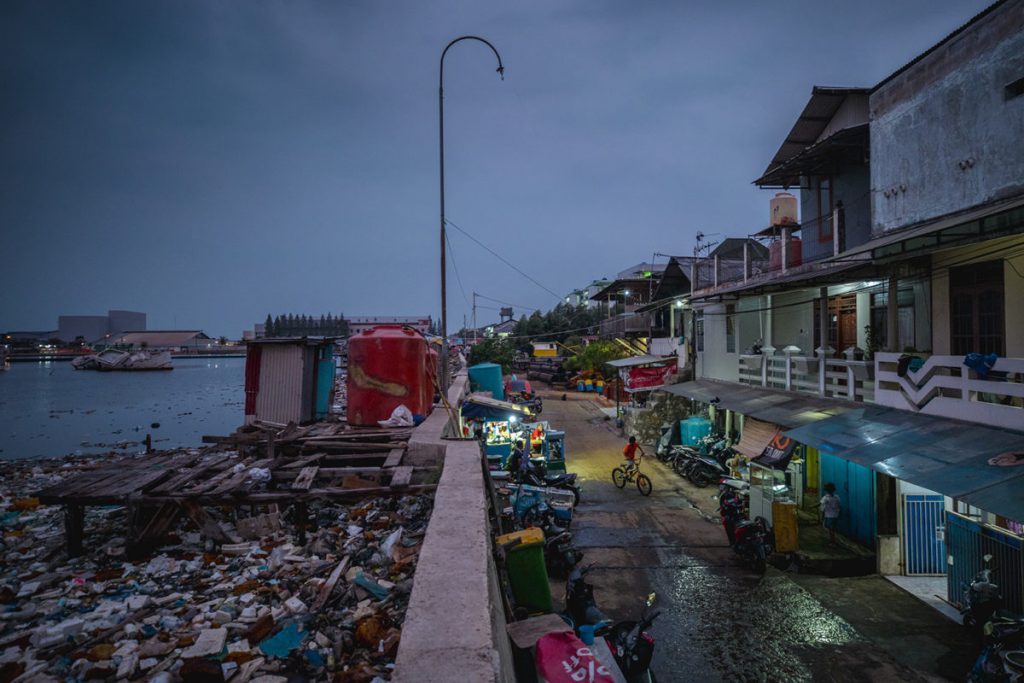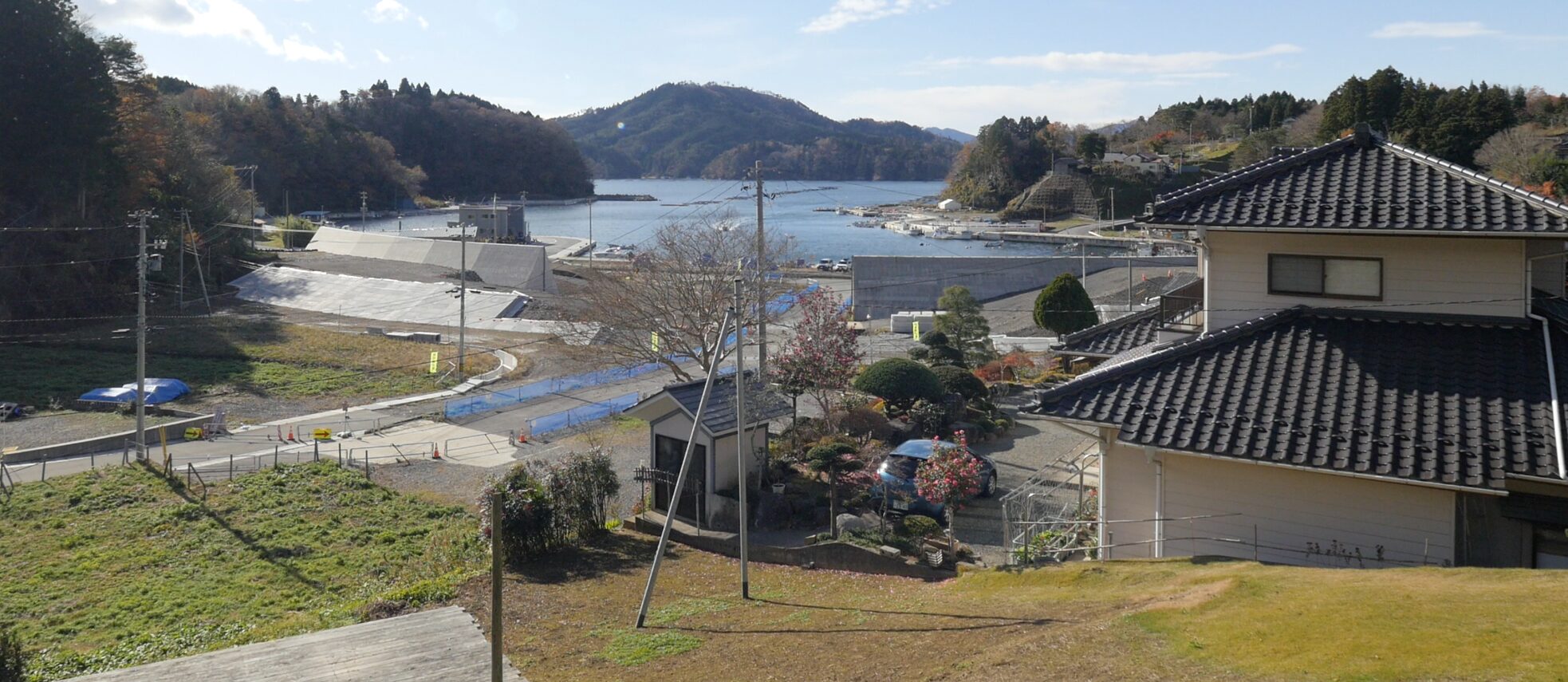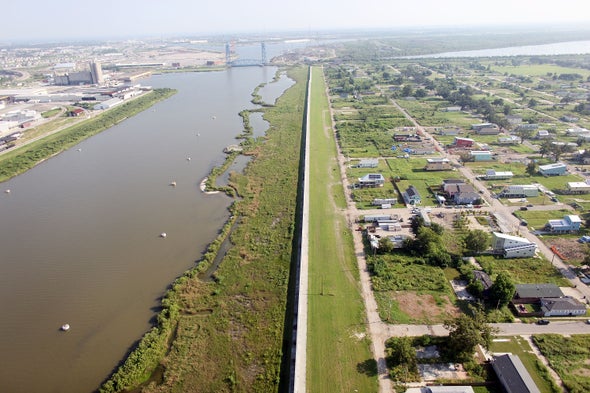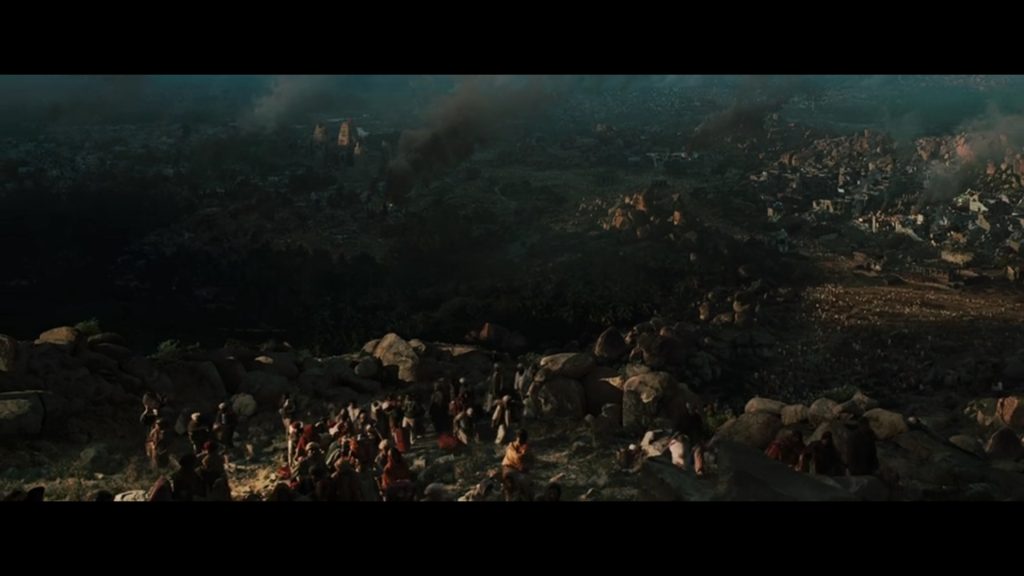In the US-American 2014 movie Godzilla, the cityscape – in this case the coastal city San Francisco – experiences an interesting reversal of the culture-nature-dichotomy. The city here is not the place of culture and humanity, but the battle site of a fight between two animal species (Godzilla and the Mutos) – a jungle where creators fight one another mercilessly. In this first image, the soldiers with their parachutes are descending from heaven like fallen angels. The imagery implies, that the city is in fact the underworld, hell.
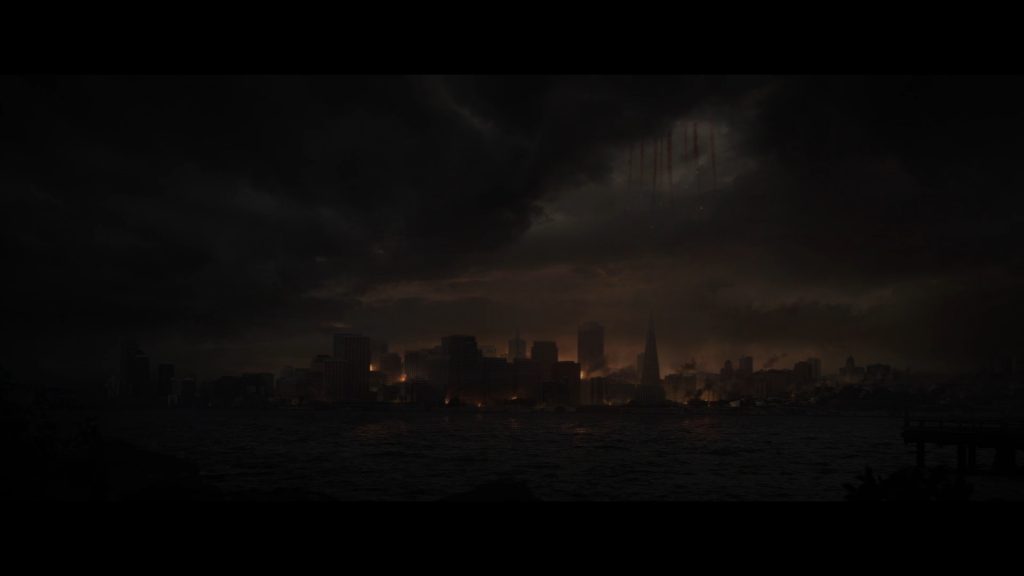
Once the fight is over and nature has had it’s way (Godzilla killed the Mutos while apparently dying herself too) the shape of Godzilla’s body on the ground morphes with the ruins of the city. Animal and city appear as one. But the image also quote another deaster, that was caused by humans and NOT nature: 9/11.
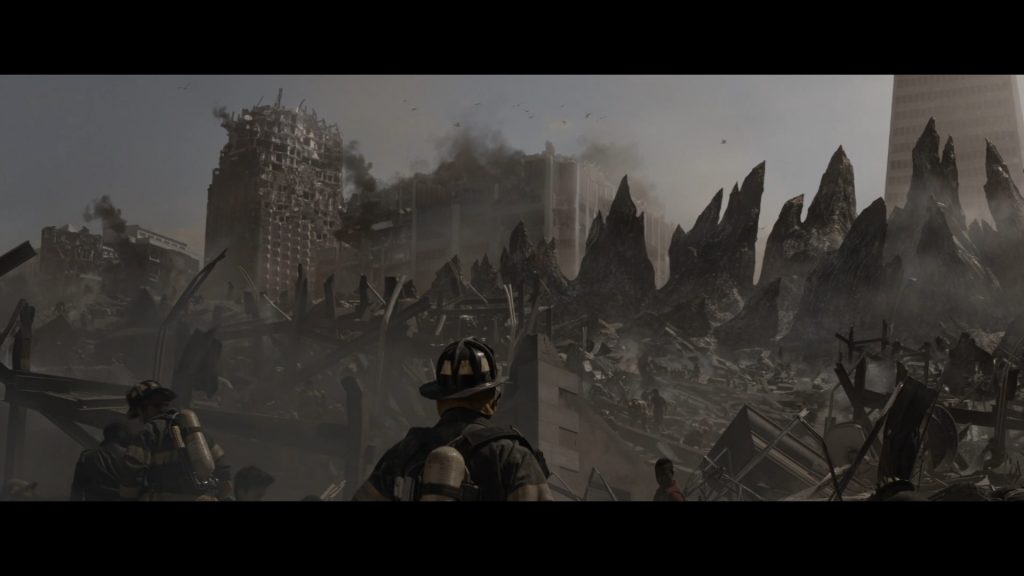
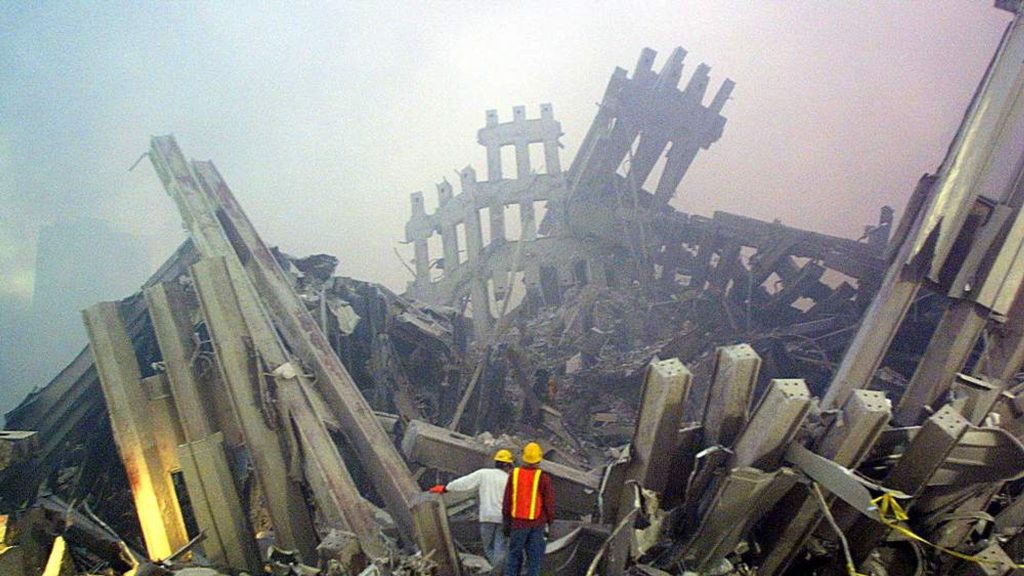
The monster Godzilla is originally a Japanese creation and has been adapted by Hollywood. Gojira, as she is originally called, is part of the extraordinarily rich cultural heritage of desaster metaphors and narratives in Japan, reflecting the seismic instability of the islands and the long experience in dealing with natural desasters and extreme weather events. The US-american movie shows how the trope is adapted to a different cultural setting.

